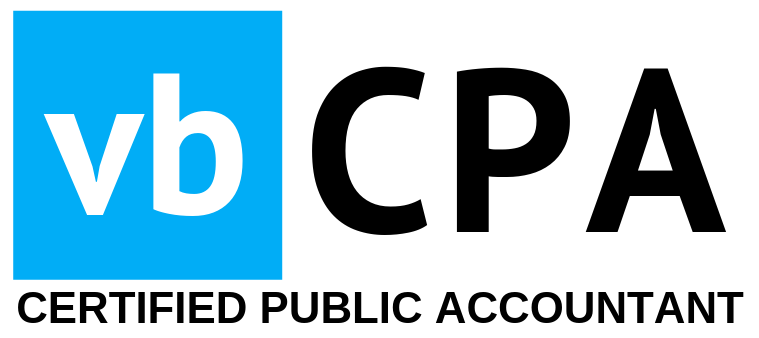Navigating US Individual Income Tax Deadlines – All You Need to Know

Navigating the intricacies of the US tax system can sometimes feel like a daunting marathon, especially when deadlines loom large. This guide aims to simplify the ins and outs of individual income tax deadlines for you. Let’s make sure you’re equipped with all the knowledge you need to tackle tax season with confidence!
The Significance of April 15
April 15 holds a certain weight in the American tax landscape. Often referred to as “Tax Day”, it’s the standard deadline for submitting individual income tax returns to the federal government.
- Why April 15?
The date traces back to the Revenue Act of 1954. Before this, tax day oscillated between March 1 and March 15, but to give taxpayers more time, April 15 was established. - Note: In the case of April 15 falling on a weekend or a public holiday, the deadline shifts to the next business day.
The Role of Extensions
While April 15 is the benchmark, life doesn’t always comply with our best-laid plans. If you’re unable to prepare your tax return by the due date, the IRS allows you to request an extension.
- What Does an Extension Mean?
An extension grants taxpayers an additional six months, moving the filing deadline to October 15. However, it’s crucial to understand that an extension to file does NOT equate to an extension to pay. - How to Request an Extension:
Submit Form 4868, titled “Application for Automatic Extension of Time To File U.S. Individual Income Tax Return”. This can be done online or via mail.
Payments: The Critical Distinction
A common misconception is thinking that an extension gives you extra time to pay your taxes. This isn’t the case. Here’s what you need to remember:
- Payment Deadline: Regardless of extensions, any taxes you owe are still due by April 15. Post this date, interest and penalties begin to accrue.
- Estimate and Pay: If you’re unsure of the exact amount you owe but believe you owe taxes, it’s advisable to make an estimated payment by April 15 to minimize potential penalties.
Why Adherence Matters
- Late Filing: Filing your tax return post the deadline (without an extension) can result in a penalty. This usually amounts to 5% of the unpaid taxes for each month or part of a month your return is late.
- Late Payment: If you owe taxes and don’t pay by April 15, you’ll face a failure-to-pay penalty. This is typically 0.5% per month of your unpaid taxes.
Staying ahead of tax deadlines is more than just avoiding penalties. It’s about smart financial management, peace of mind, and ensuring you’re on top of your fiscal responsibilities. As a dedicated USA CPA accountant, my advice is always to be proactive, seek clarity, and when in doubt, consult a professional. Remember, when it comes to taxes, timing is everything!
Author Bio: Vimal Bava, CPA, has over a decade of experience in guiding individuals and businesses through the complexities of the American tax system. Passionate about demystifying finance, Vimal believes in empowering individuals with the knowledge they need to make informed decisions.




Leave a Reply